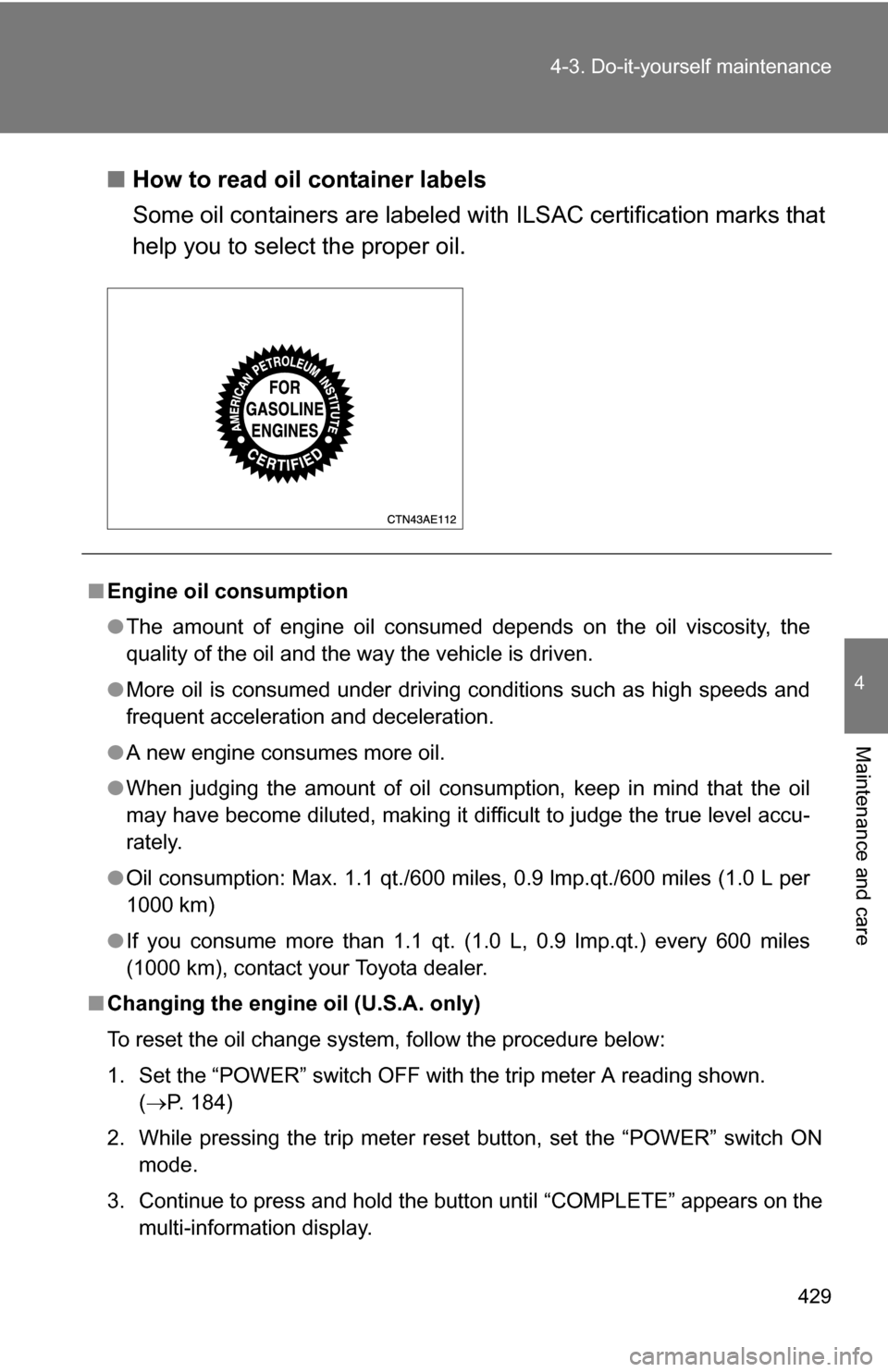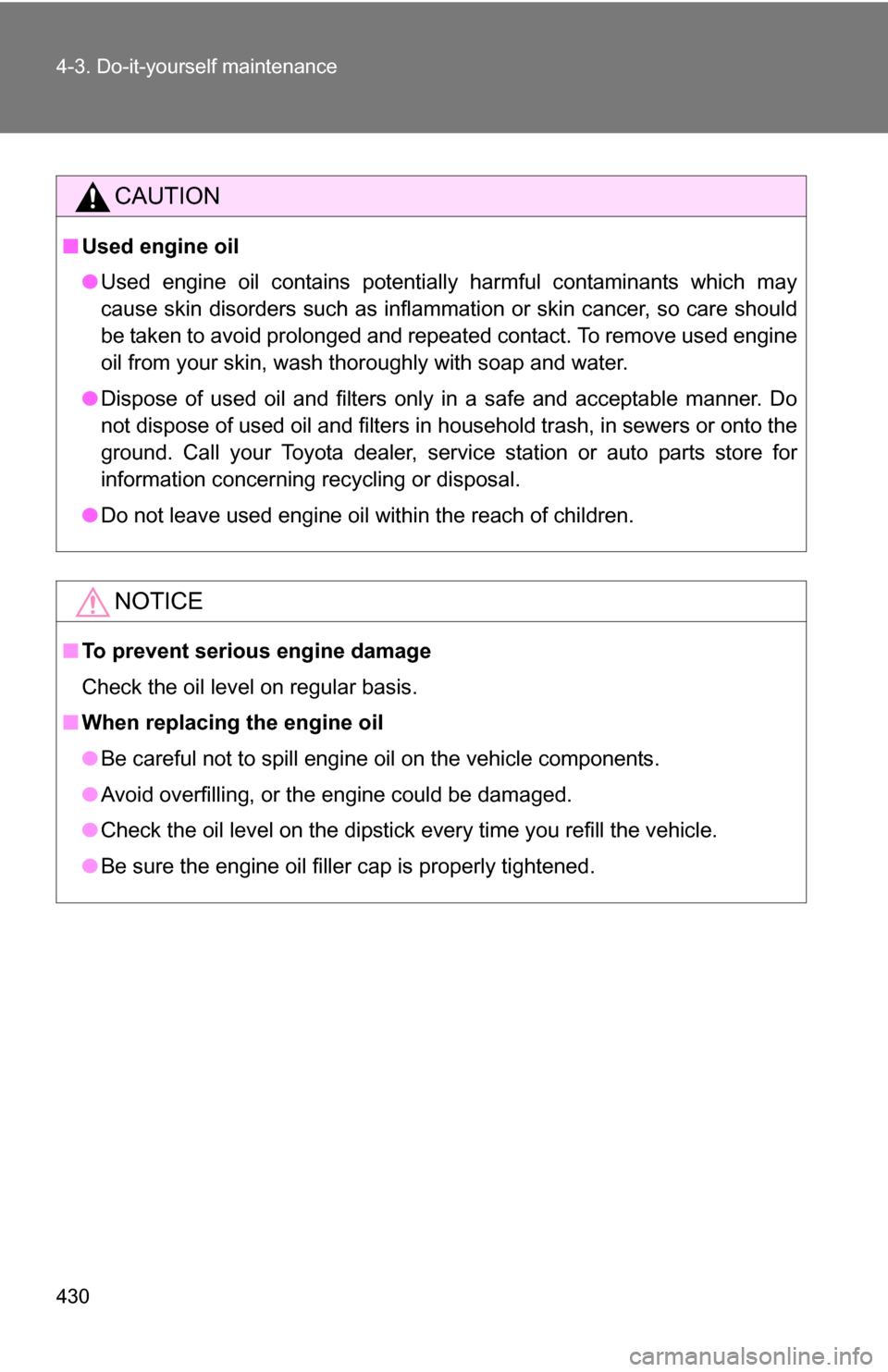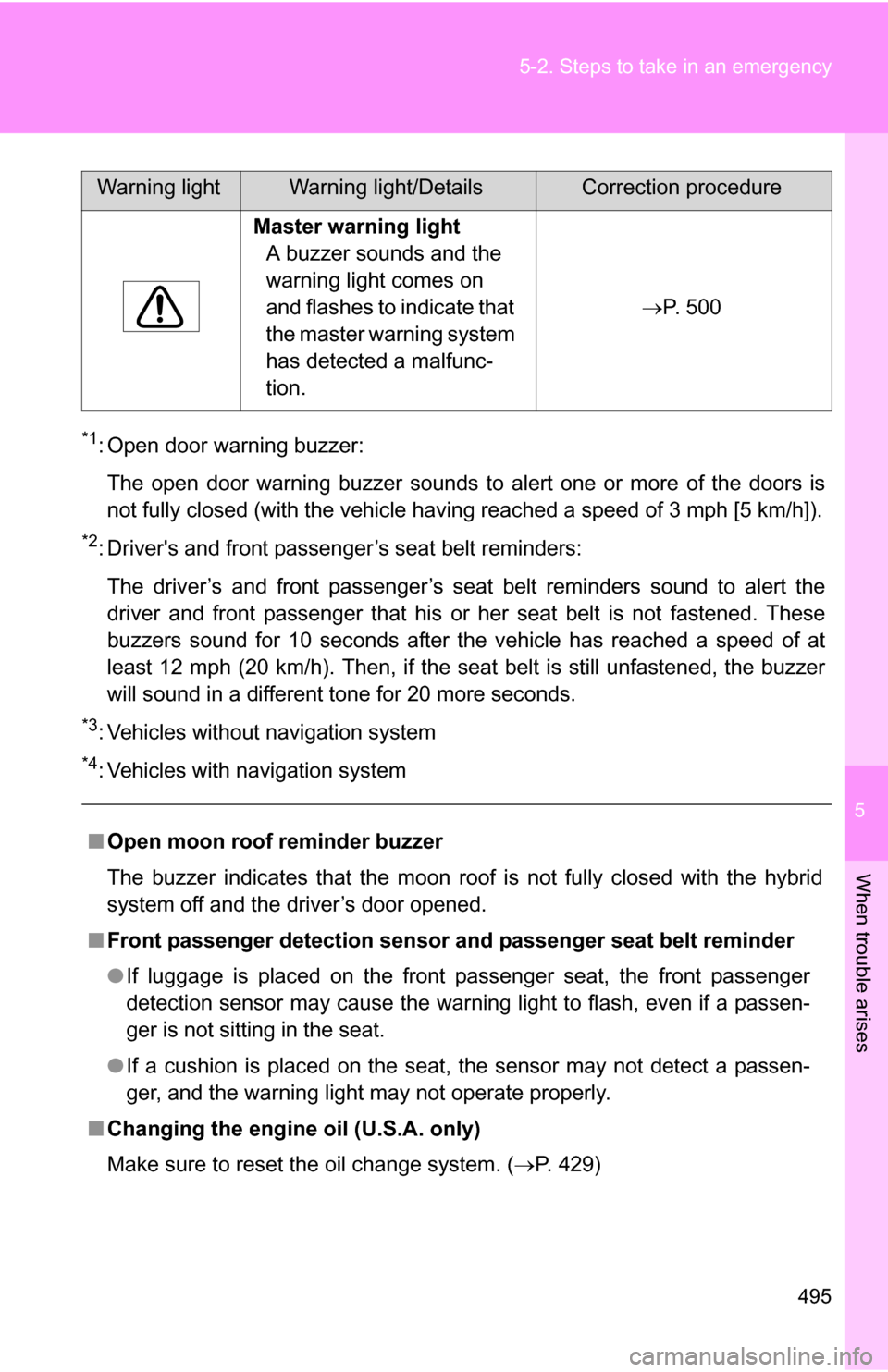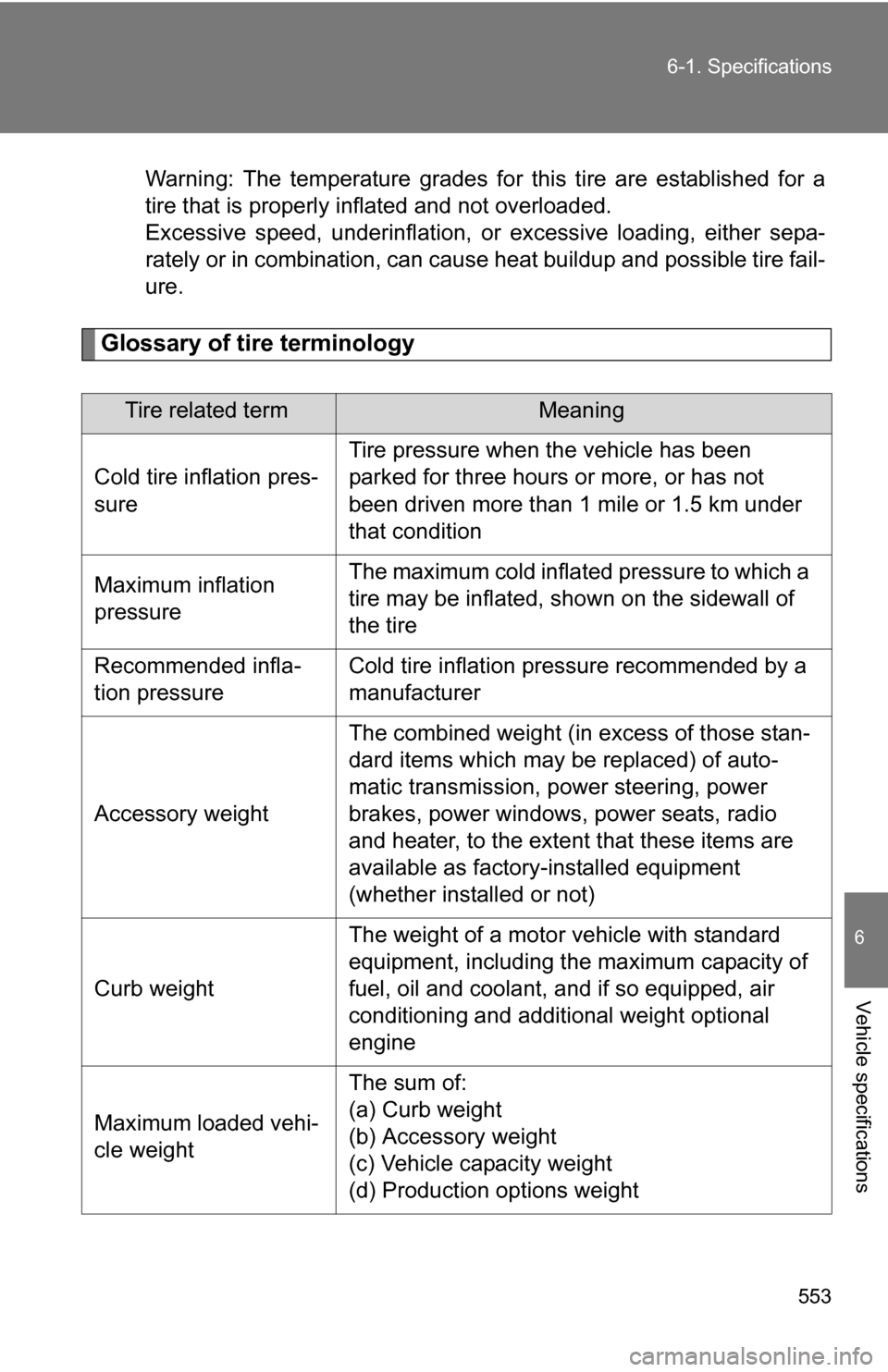Page 424 of 580
424
4-3. Do-it-yourself maintenance
Engine compar tment
Washer fluid tank (P. 438)
12-volt battery ( P. 435)
Brake fluid reservoir ( P. 434)
Engine oil level dipstick ( P. 427)
Engine coolant reservoir ( P. 431)
Engine oil filler cap ( P. 428)Power control unit coolant
reservoir ( P. 432)
Fuse boxes ( P. 459)
Power control unit coolant
radiator ( P. 434)
Electric cooling fans
Condenser ( P. 434)
Engine coolant radiator ( P. 434)
Page 427 of 580
427
4-3. Do-it-yourself maintenance
4
Maintenance and care
Engine oil
With the engine at operating temperature and turned off, check the oil
level on the dipstick.
■ Checking the engine oil
Park the vehicle on level ground. After turning off the hybrid
system, wait a few minutes for the oil to drain back into the
bottom of the engine.
Hold a rag under the end and
pull the dipstick out.
Wipe the dipstick clean.
Reinsert the dipstick fully.
Holding a rag under the end, pull the dipstick out and check
the oil level.
Wipe the dipstick and reinsert it fully. Low
Full
STEP1
STEP2
STEP3
STEP4
STEP5
STEP6
Page 428 of 580
428 4-3. Do-it-yourself maintenance
■Adding engine oil
If the oil level is below or near
the low level mark, add engine
oil of the same type as already in
the engine.
Make sure to check the oil type and prepare the items needed before
adding oil. Remove the oil filler cap.
Add engine oil slowly, checking the dipstick.
Install the filler cap, turning it clockwise.
The approximate quantity of oil needed to raise the level from low to full on
the dipstick is indicated as follows:
1.6 qt. (1.5 L, 1.3 lmp. qt.)
■ Recommended viscosity
SAE 5W-20 or 0W-20
SAE 5W-20 or 0W-20 engine oil
may be used. However, SAE 0W-
20 is the best choice for good fuel
economy, and good starting in
cold weather.
Oil grade ILSAC multi-grade engine oil
Items Clean funnel
STEP1
STEP2
STEP3
Outside temperature
Page 429 of 580

429
4-3. Do-it-yourself maintenance
4
Maintenance and care
■
How to read oil container labels
Some oil containers are labeled with ILSAC certification marks that
help you to select the proper oil.
■Engine oil consumption
●The amount of engine oil consumed depends on the oil viscosity, the
quality of the oil and the way the vehicle is driven.
● More oil is consumed under driving conditions such as high speeds and
frequent acceleration and deceleration.
● A new engine consumes more oil.
● When judging the amount of oil consumption, keep in mind that the oil
may have become diluted, making it difficult to judge the true level accu-
rately.
● Oil consumption: Max. 1.1 qt./600 miles, 0.9 lmp.qt./600 miles (1.0 L per
1000 km)
● If you consume more than 1.1 qt. (1.0 L, 0.9 lmp.qt.) every 600 miles
(1000 km), contact your Toyota dealer.
■ Changing the engine oil (U.S.A. only)
To reset the oil change system, follow the procedure below:
1. Set the “POWER” switch OFF with the trip meter A reading shown.
(P. 184)
2. While pressing the trip meter reset button, set the “POWER” switch ON mode.
3. Continue to press and hold the button until “COMPLETE” appears on the multi-information display.
Page 430 of 580

430 4-3. Do-it-yourself maintenance
CAUTION
■Used engine oil
●Used engine oil contains potentially harmful contaminants which may
cause skin disorders such as inflammation or skin cancer, so care should
be taken to avoid prolonged and repeated contact. To remove used engine
oil from your skin, wash thoroughly with soap and water.
● Dispose of used oil and filters only in a safe and acceptable manner. Do
not dispose of used oil and filters in household trash, in sewers or onto the
ground. Call your Toyota dealer, service station or auto parts store for
information concerning recycling or disposal.
● Do not leave used engine oil within the reach of children.
NOTICE
■To prevent serious engine damage
Check the oil level on regular basis.
■ When replacing the engine oil
●Be careful not to spill engine oil on the vehicle components.
● Avoid overfilling, or the engine could be damaged.
● Check the oil level on the dipstick every time you refill the vehicle.
● Be sure the engine oil filler cap is properly tightened.
Page 495 of 580

5
When trouble arises
495
5-2. Steps to take in an emergency
*1: Open door warning buzzer:
The open door warning buzzer sounds to alert one or more of the doors is
not fully closed (with the vehicle having reached a speed of 3 mph [5 km/h]).
*2: Driver's and front passenger’s seat belt reminders:The driver’s and front passenger’s seat belt reminders sound to alert the
driver and front passenger that his or her seat belt is not fastened. These
buzzers sound for 10 seconds after the vehicle has reached a speed of at
least 12 mph (20 km/h). Then, if the seat belt is still unfastened, the buzzer
will sound in a different tone for 20 more seconds.
*3: Vehicles without navigation system
*4: Vehicles with navigation system
Master warning light A buzzer sounds and the
warning light comes on
and flashes to indicate that
the master warning system
has detected a malfunc-
tion. P. 500
■ Open moon roof reminder buzzer
The buzzer indicates that the moon roof is not fully closed with the hybrid
system off and the driver’s door opened.
■ Front passenger detection sensor and passenger seat belt reminder
● If luggage is placed on the front passenger seat, the front passenger
detection sensor may cause the warning light to flash, even if a passen-
ger is not sitting in the seat.
● If a cushion is placed on the seat, the sensor may not detect a passen-
ger, and the warning light may not operate properly.
■ Changing the engine oil (U.S.A. only)
Make sure to reset the oil change system. ( P. 429)
Warning lightWarning light/DetailsCorrection procedure
Page 534 of 580
534 6-1. Specifications
Lubrication system
Oil viscosity
● The 0W portion of the oil viscosity rating indicates the characteristic
of the oil which allows cold startab ility. Oils with a lower value before
the W allow for easier starting of the engine in cold weather.
● The 20 in 0W-20 indicates the oil viscosity when the oil is at its oper-
ating temperature. An oil with a higher viscosity may be better suited
if the vehicle is operated at high speeds, or under extreme load con-
dition.
Oil capacity
Drain and refill
(Reference) Without filter
With filter 4.8 qt. (4.5 L, 4.0 Imp.qt.)
5.0 qt. (4.7 L, 4.1 Imp.qt.)
Oil grade
ILSAC multi-grade engine oil
Recommended oil
viscosity Use Toyota approved “Toyota Genuine Motor
Oil” or equivalent to satisfy the grade and vis-
cosity shown below.
0W-20 is an oil that provides optimal levels of
fuel efficiency.
Outside temperature
Page 553 of 580

553
6-1. Specifications
6
Vehicle specifications
Warning: The temperature grades for this tire are established for a
tire that is properly inflated and not overloaded.
Excessive speed, underinflation, or
excessive loading, either sepa-
rately or in combination, can caus e heat buildup and possible tire fail-
ure.
Glossary of tire terminology
Tire related termMeaning
Cold tire inflation pres-
sure Tire pressure when the vehicle has been
parked for three hours or more, or has not
been driven more than 1 mile or 1.5 km under
that condition
Maximum inflation
pressure The maximum cold inflated
pressure to which a
tire may be inflated, s hown on the sidewall of
the tire
Recommended infla-
tion pressure Cold tire inflation pressure recommended by a
manufacturer
Accessory weight The combined weight (in excess of those stan-
dard items which may be replaced) of auto-
matic transmission, power steering, power
brakes, power windows, power seats, radio
and heater, to the extent that these items are
available as factory-installed equipment
(whether installed or not)
Curb weight The weight of a motor vehicle with standard
equipment, including the maximum capacity of
fuel, oil and coolant, and if so equipped, air
conditioning and additional weight optional
engine
Maximum loaded vehi-
cle weight The sum of:
(a) Curb weight
(b) Accessory weight
(c) Vehicle capacity weight
(d) Production options weight